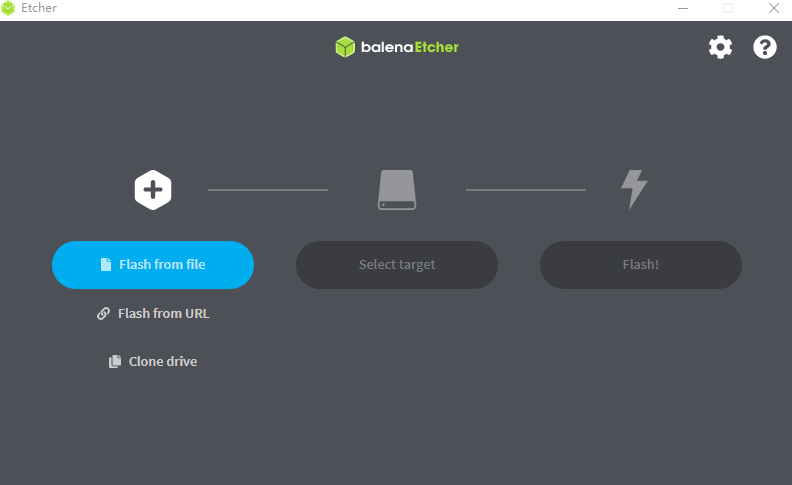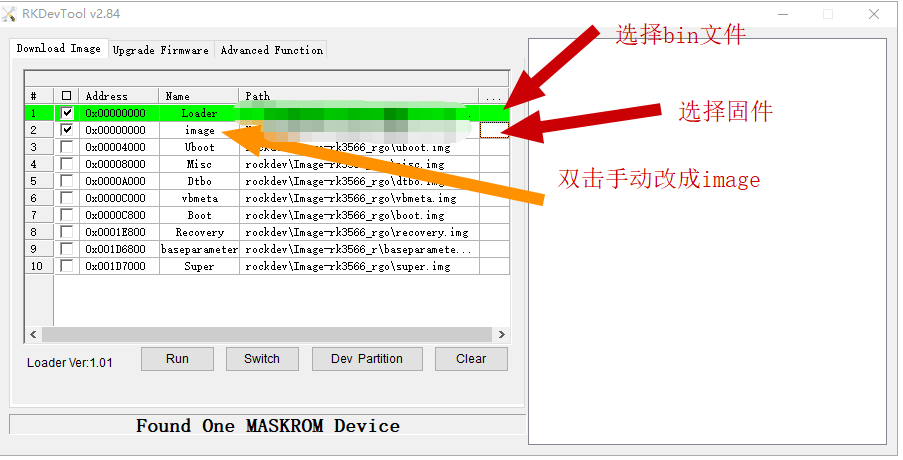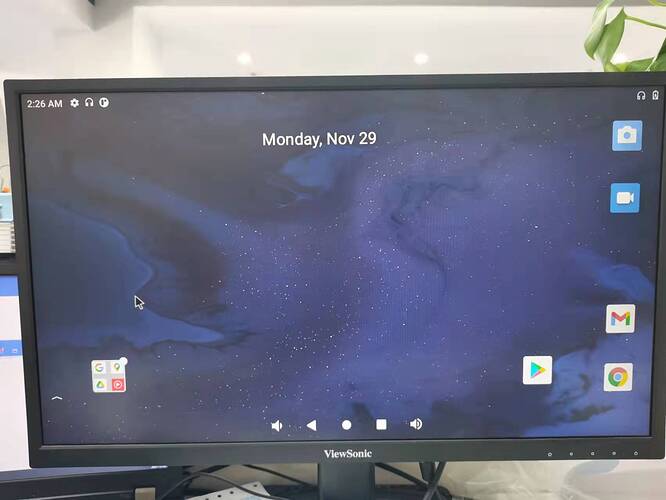Directory of this post:
0: Basic information
1: emmc/TF card installation system
2: Wire brush system (EMMC can only use wire brush as a storage module)
3: Ubuntu, Debian, Android system ROM/RAM usage
4: Ubuntu installation desktop
0: Basic information:
Ubuntu20.04 firmware link: 百度网盘 请输入提取码, extraction code: gwmu
Debian10 firmware link: https://pan.baidu.com/s/19cD395pKz8O6PWcp2nQvxg, extraction code: gwmu
Android11 firmware link: 百度网盘 请输入提取码 Extraction code: gwmu
Linux kernel source code: Commits · radxa/kernel · GitHub
Schematic diagram, dimension diagram, RK3568datasheet, etc.: Rock3/hardware - Radxa Wiki
Uboot source code download: GitHub - radxa/u-boot at stable-4.19-rock3
(For customers who are not very good at finding information, here is the dts and defconfig related to ROCK Pi 3A: GitHub - radxa/u-boot: U-Boot tree for pending commits … rk3568-rock-3-a.dts and GitHub - radxa/u-boot: U-Boot tree for pending commits…-a-rk3568_defconfig)
Wiki: Rock3 - Radxa Wiki
Baidu disk: link: 百度网盘 请输入提取码
Extraction code: fo7k
1: emmc/TF card installation system:
Since rock_pi_3A has no memory, it needs EMMC or memory card to start.
0: Connect the memory card or EMMC (requires an adapter board) to the card reader, insert it into the computer, and then open balenaEtcher-1.5 or later,
1: Select the firmware whose end is gpt.img in flash from file, see above for firmware
2. Select the drive letter where the card reader is located in the select target, and finally click flash to burn,
3. Pull out after completion, connect the EMMC or memory card to the board, and the 5V3A power supply must be powered on.
2: Wire brush system
1: Preparing action:
Tools: Double male cable, EMMC, jumper cap, shorting tool (tweezers/metal wire), rock pi 3A board, 5V3A power supply, firmware (mentioned above), bin file.
bin file link: 百度网盘 请输入提取码, extraction code: GNUG
Install Rockchip driver:
Driver link: 百度网盘 请输入提取码 Extraction code: GNUG
The installation method is as shown in the figure below. If it already exists, there is no need to install it.
2: Install the EMMC, if there is a TF card on the board, remove the TF card.
3: Cover the jumper cap, as shown in the picture, count from left to right, leave the third pin, and then use metal objects such as metal wires to short-circuit the two solder joints in the picture,
4: One end of the double male cable is connected to the USB port of the computer, and the other end is connected to the OTG interface of the board (the blue USB port above)
5: 5V3A power supply to power on the board
6: 2~3 seconds to release the short metal on the solder joint
7: Open RKdevTool version 2.81 and above, in the Download Image interface
You will see a maskrom device,
8: Just tick the first line and the second line, do not tick the others
(Reminder: If the firmware is with the word GPT, follow the following method to burn, select the bin file, if the firmware with the word update, do not need to burn the following partition, after opening the software, click to upgrade the firmware, select the firmware After that, click on the upgrade directly and wait for it to finish)
Double-click the Name column in the second row and manually change it to image.
The path column on line 1 selects the bin file
The path column selection on line 2 ends with the get.img image
Then click Run. Wait for the burn to finish
Power off, remove the jumper cap, and you’re done.
3: System memory usage
Ubuntu20.04 memory usage:
This is built for the server, without a desktop, because it is necessary to save resources as much as possible, the account password is rock
As shown in the figure, the installation system occupies about 935M of memory (ROM).
After the first boot, it takes up about 94M of running memory (RAM).
Debian10 memory usage:
Lightweight desktop version, the login interface and some information are shown in the figure, (account password rock)
Install the system, after the first login, you can see that the system occupies about 1.71G of memory (ROM)
Running memory occupies 296M (ram)
android11 memory usage:
After installing the system, it will take up about 6.42G memory (ROM)
After the first boot, the running memory will take up about 1.5G (RAM)
4: Ubuntu installation desktop
1: Log in to the system, connect to the network,
2: Update the software table
- sudo apt-get update
3:
- sudo apt install ubuntu-mate-core
4:
- sudo apt install ubuntu-mate-desktop
Completed, then shut down, there is an interface, as shown in the figure















